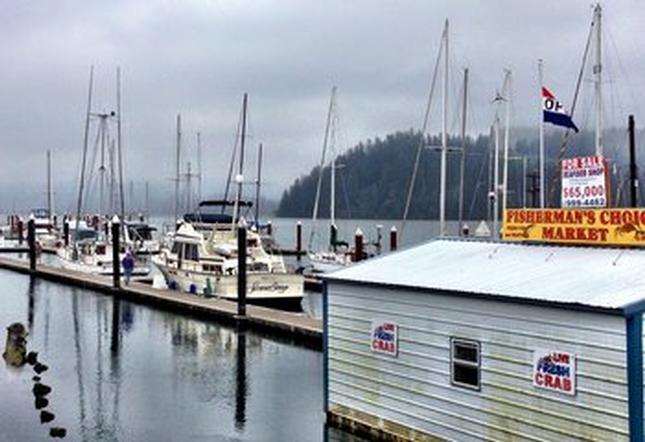
By Helyn Trickey Bradley – Special to CNN
The Oregon coast can be a moody destination year-round.
In the mornings, brooding fog canopies the coastal highways and storms can roll in from the Pacific, kicking up without much warning. But in mid- to late summer, the heavier rains seem to sidestep the coast and, more often than not, sunshine blinks from behind the clouds.
Whale spouts are spotted from shore; seals stretch and bark on the rocks; and tourists in search of stunning Pacific Coast views are drawn to the iconic Highway 101 en masse.
It’s a small dot on the map between Coos Bay and Newport, but slipping by Florence, Oregon, and all this historical city offers, would be a shame.
Born near the mouth of the Siuslaw River in the late 1800s, Florence was a rugged coastal frontier settlement that relied mostly on fishing and logging to power its economy. Today, the city still counts these industries as important, but these days tourism is bringing in the bling.
And it’s easy to understand the draw. Florence has a charming old-world downtown, the Siuslaw River curves along its edges, offering spectacular natural views, and it is located along what is arguably the most beautiful and diverse section of the Oregon Coast.
If you’re traveling north on Highway 101, you’ll cross one of this community’s most notable landmarks, the Siuslaw River Bridge, a stunning double leaf bascule (or moveable) bridge featuring four towering art-deco-style obelisks. A quick right turn at the end of the bridge will spool you down into Florence’s Historic Old Town District, a small but charming collection of restaurants, curio shops, coffee shops, art galleries and B&Bs.
Walk along Bay Street, a wide avenue with intermittent views of the Siuslaw River and well-maintained flower gardens. Here you’ll see a collection of historical buildings, many of them salvaged from nearby communities and given a second life in Florence.
To read the entire story on KPAX.com, click here.
Story and photo by Helyn Trickey Bradley



